Over the past year, APS-C cameras have suddenly become popular. Of course, using the word "suddenly" isn't entirely accurate. After all, there has always been demand in the market; it's just that now there are more options available, the cameras offer better value for money, and there are more ways to use them. Models like the Sony A6700, Fujifilm X-T50, and Canon EOS R50 have long remained in the top five best-selling products of their respective brands.

I also bought a Sony A6700 as a secondary camera earlier. Paired with a Tamron 17-70mm F2.8 lens as my everyday lens, I mainly use it for shooting videos and occasionally take photos with it. However, I always feel that the lens is mediocre in build quality, prone to dust ingress, and the aperture isn't large enough. I've been wanting to replace it but couldn't decide what to switch to—until the Sigma 17-40mm F1.8 came along.
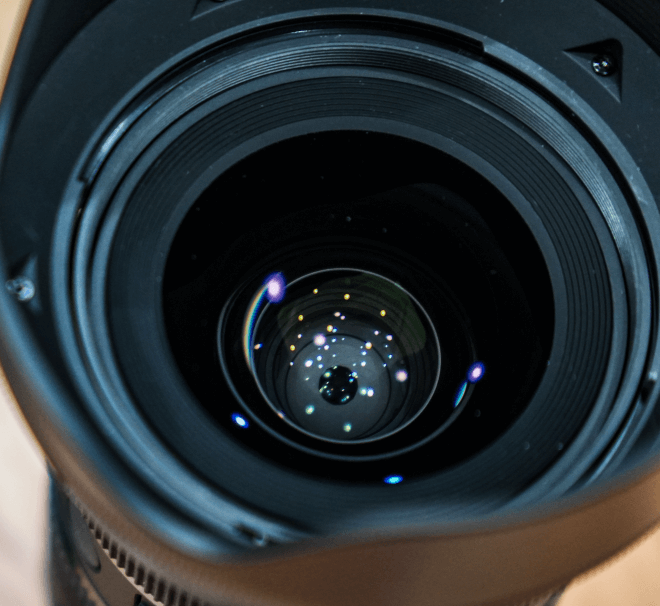
Many Fujifilm users around me are even more excited than I am. They got this lens as soon as it was available, describing it as a "savior." This is because the second-generation original XF 16-55mm F2.8 was severely out of stock before, but suddenly there's stock available recently.
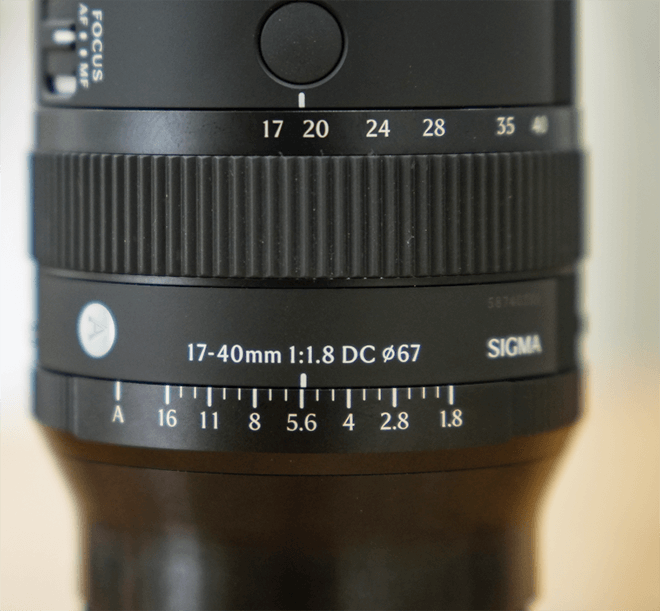
What makes it so good? Are there really no drawbacks? After a few short days of trial use, I’d like to share my thoughts. As usual, I won’t write a tedious account—just my subjective experience.
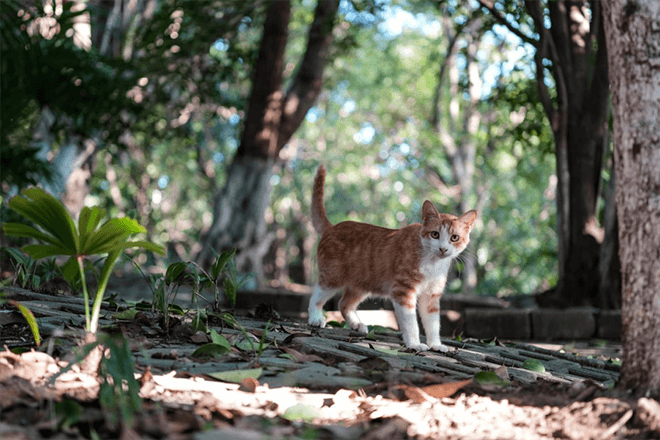
Why buy an APS-C camera? pursue a relatively small size. After all, carrying two cameras around for shooting when I’m often out and about—there’s no way that isn’t tiring. The 17-70mm focal length, when mounted on the A6700, has an equivalent focal length of 25.5-105mm. I roughly calculated that most of the videos and photos I take fall within the 25.5-60mm range. This is a key reason I’ve been paying attention to the Sigma 17-40mm F1.8: it can capture ultra-wide landscapes while also handling close-up shots, balancing breadth and detail, and directly covering the specifications of three prime lenses. If you shoot a lot of portraits, you can later add a 56mm prime lens, which will meet all the shooting needs of non-professional users. And most importantly, the build quality has improved significantly.
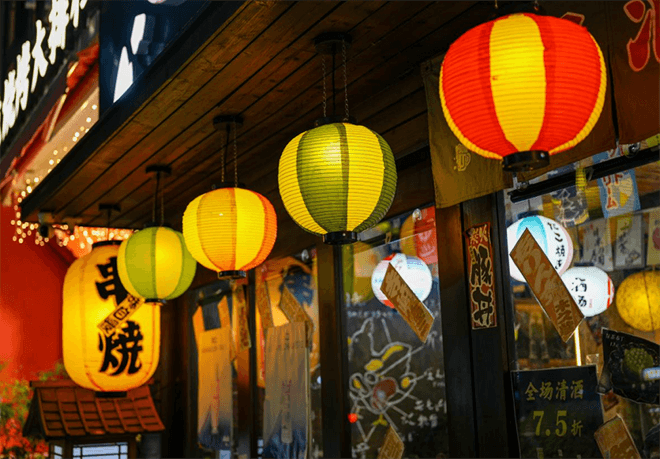
After all, it’s part of the Art series lenses, so the handling is excellent. It comes with everything you’d expect: a focus ring, zoom ring, aperture ring, dual custom buttons, a focus switch, and an aperture lock. Compared to the Tamron 17-70mm, the zoom ring damping of the Sigma 17-40mm F1.8 is incredibly smooth. However, there’s a slight learning curve—the direction is reversed from that of original lenses, so it takes a bit of time to get used to.
Thanks to its internal zoom design, I don't have to worry about lens sagging or dust ingress. When mounted on the A6700, the center of gravity is positioned towards the rear, which is crucial for video shooting with a stabilizer as it eliminates the need for frequent rebalancing when zooming. The petal-shaped lens hood looks quite imposing; its lower half is flocked, and it's equipped with a mounting and dismounting buckle to prevent accidental loosening and slipping.
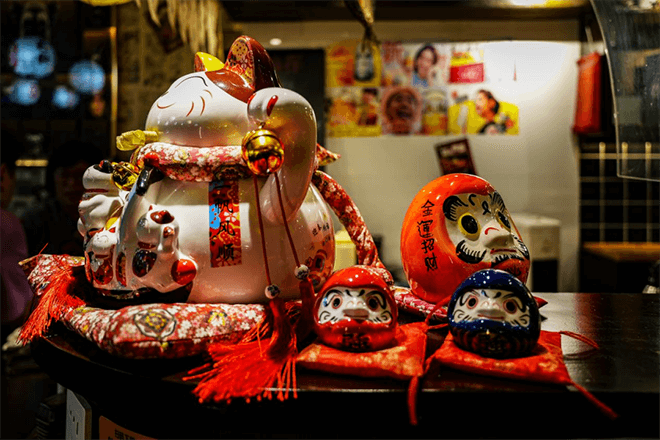
Previously, the best-selling APS-C zoom lenses in the market (for Sony E-mount) were the Tamron 17-70mm F2.8 and the Sigma 18-50mm F2.8, with lens lengths of 119.3mm and 76.5mm, and weights of 525g and 290g respectively. The Sigma 17-40mm F1.8 has a length of 115.9mm and a weight of 535g. Compared to Sigma's classic 18-35mm F1.8, it is nearly 30% lighter, which is quite restrained. When mounted on the Sony A6700 with a wrist strap, I can completely accept this weight for daily carry.
This time, Sigma offers the lens for Leica-L mount, Sony E mount, Fujifilm X mount, and Canon RF mount as part of the L-Mount Alliance. Even I'm puzzled: why isn't there a Nikon Z mount version? My gut feeling is that Nikon plans to release a lens of this specification themselves.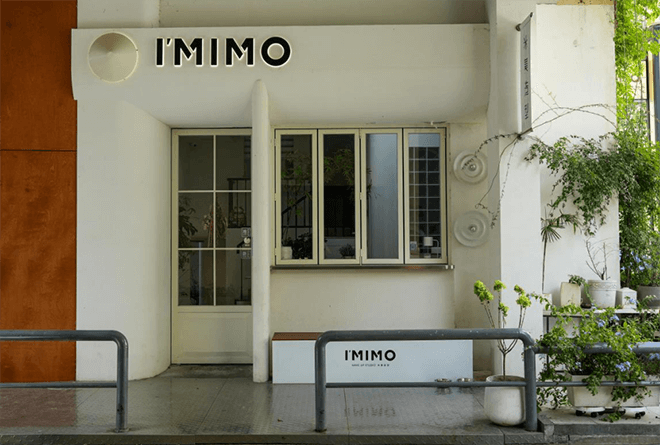
Now let's talk about focusing. The HLA linear motor is quite impressive—fast, accurate, and decisive. There's no hunting or hesitation in focusing at all. I specifically tested it for Vlogging in enclosed indoor environments, and it's almost completely silent.
I've seen many people on social platforms complaining about the lack of image stabilization in this lens. Anyway, the Sony A6700 has in-body stabilization, so I don't feel any difference. Having said that, for a lens with such a focal range and large aperture, the absence of stabilization can't be listed as a separate drawback.
Since I shoot a lot of videos, I specifically tested the breathing effect at the 17mm and 40mm ends. There's almost no noticeable "breathing" in the photo. Combined with the very smooth zoom ring, this is an excellent lens for video shooting.
When it comes to wide-angle lenses, distortion is inevitable. I must be honest: barrel distortion at the 17mm wide-angle end is visible to the naked eye, and pincushion distortion at the 40mm end. Fortunately, both can be corrected in post-processing, and currently, Camera Raw has released the configuration correction files. There's vignetting at both ends, but it's not obvious.
In recent days, there's been a lot of discussion online about chromatic aberration at the wide-angle end of this lens. It seems that some people intentionally amplified the results by testing close-up shots with high-contrast objects. What I want to say is that this can be significantly improved by not using the minimum focusing distance to shoot up close. After all, it's not a macro lens. Tamron, Sigma, and even most original zoom lenses have this issue—you can try it yourself if you don't believe me. In normal shooting, chromatic aberration is not obvious. Additionally, at the 40mm end with the maximum aperture, vignetting is quite noticeable.
As for image quality, although the four corners are a bit soft at the maximum aperture of F1.8, it's visibly better than other zoom lenses. When the aperture is stopped down to F2.8, there's a significant improvement. The color is not stylized, which I like.
To summarize, the Sigma 17-40mm F1.8 should be the most worthwhile lens to buy for the Fujifilm X system. Sony FX30 users can also consider it, as it's very suitable for video shooting.
Sigma has shown its greatest sincerity, and its progress is obvious, including in size, weight, focusing, and optics. After using this zoom lens, you'll be obsessed with the F1.8 large aperture. It gives you more creative space in documentary and even portrait photography, works well for both photos and videos, and can be used both indoors and outdoors, with strong comprehensive performance.
Looking back at the price, it's quite reasonable. In other words, is there a better choice at this price? No.
Related Tags: Sigma APS-C lenses 17-40mm
